It’s incredible how 2020 has become the year of the advertising industry’s rapid growth — all thanks to the pandemic. It is now 2021, and promotional efforts are increasing, particularly in the food and beverage, travel, and lifestyle industries. Are you curious as to why? It’s simple. The Food & Beverage sector, for example, restricted the business only to pick up and deliveries since consumers are unable to go out in public. This indicated that the most efficient tactic to reach the general audience is through ads. Yes, ad campaigns, including many search ads, display ads, and video commercials, are the best method for a Food and Beverage brand to remain competitive.

Let’s kick off with a simple explanation of the search and display ad campaigns for food & beverage brand awareness. Bon Appetit!
Interactive advertising experiences, ranging from video commercials to text ads in search engine results, may help brands increase zero-party information gathering, improve leads & sales, and attract foodies across every digital contact point.
An FnB brand must first inform people that it exists at the outset of its development. Placing display ads on online domains like Gmail, Yahoo, and YouTube, among others, is a simple way to accomplish this. Showing the sneak-a-peek of the menu, food delivery options, hygiene measures, team introduction, and most importantly, a Mukbang (eating broadcast) is a great way to gain community support.
Apart from this, brands connect through ad networks like Google Display Networks and the Bing-Yahoo Network. When a visitor visits a web page, an appropriate ad appears in a split second.
So, it can be seen that the more picture and video ad formats that are displayed, the more visibility brands gain. The domino effect of raising awareness extends beyond internet advertising and impacts offline purchases as well.

After the visuals, the search ads play a significant role in FnB marketing. FnB brands perceive search ads to be their lifeline because they immediately contribute to leads and sales. For example, if you’re cooking Nutella cheesecake, you might look up “Nutella” or “Nutella cheesecake recipes.” As these are some of the targeted keywords you used, the FnB brands’ search ads are activated to show mere text related to “Nutella” on search engine results pages.
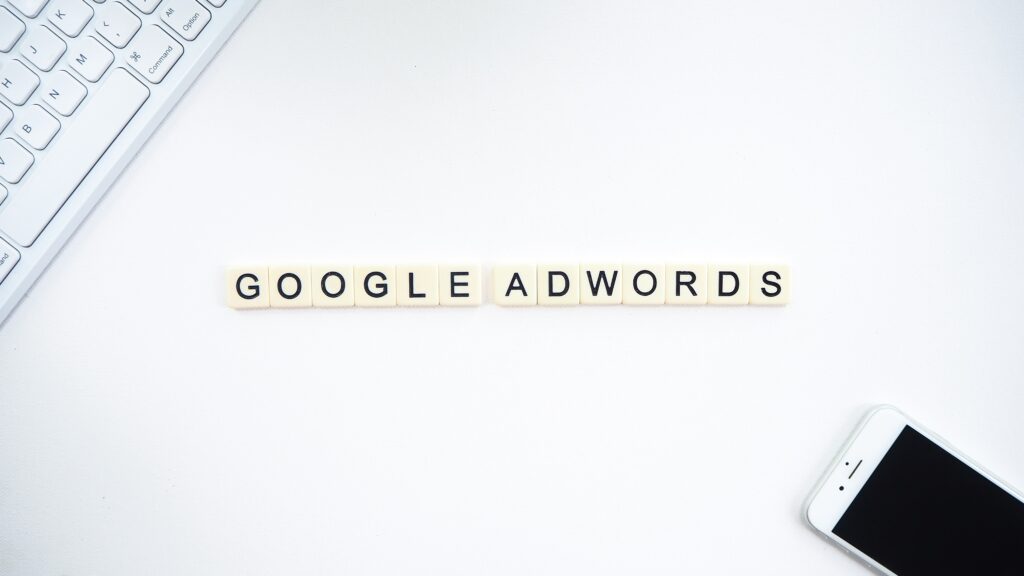
Take a look at The Wild Blueberries Association of North America’s (WBANA) effort to raise blueberry awareness. The organisation ran display ads on nutritional and media industries sites like motherearthnews.com and nytimes.com. WBANA’s used Google Display Network to promote several giveaways. WBANA then put ads on YouTube, such as JoyofCooking.com’s video on making blueberry pie, excellent for pre-roll ads. Finally, the organisation used Google AdWords to target visitors who typed in “blueberry” into a search engine. The collaborative promotional campaign resulted in a 388% increase in WBANA website sessions.
Now, it is understandable brands can simply merge Search and Display ads because the combo yields 22% more conversions than separate campaigns, according to iProspect & comScore and HBS reports. Have a look at KFC, Taco Bell, Dunkin Donuts, and whatnot brands, and see how they use interactive ads (search, display and video ads) to create some of the campaigns that we all love.



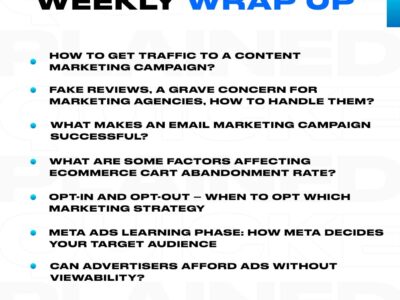
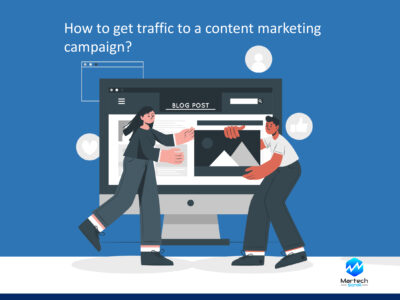
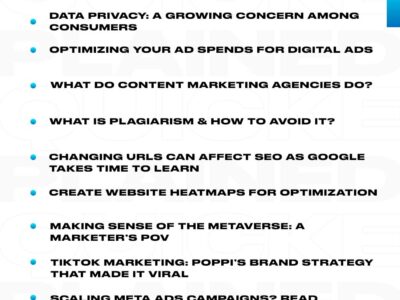
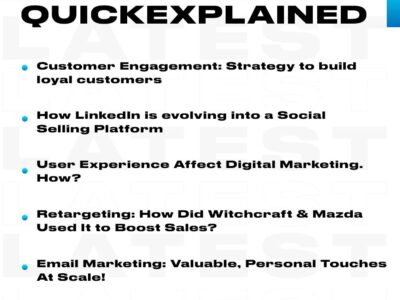
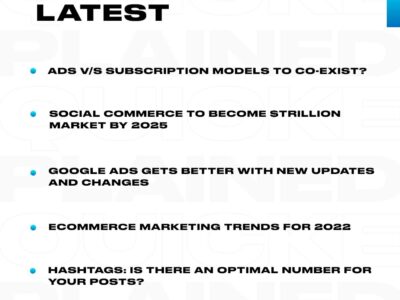
Comments